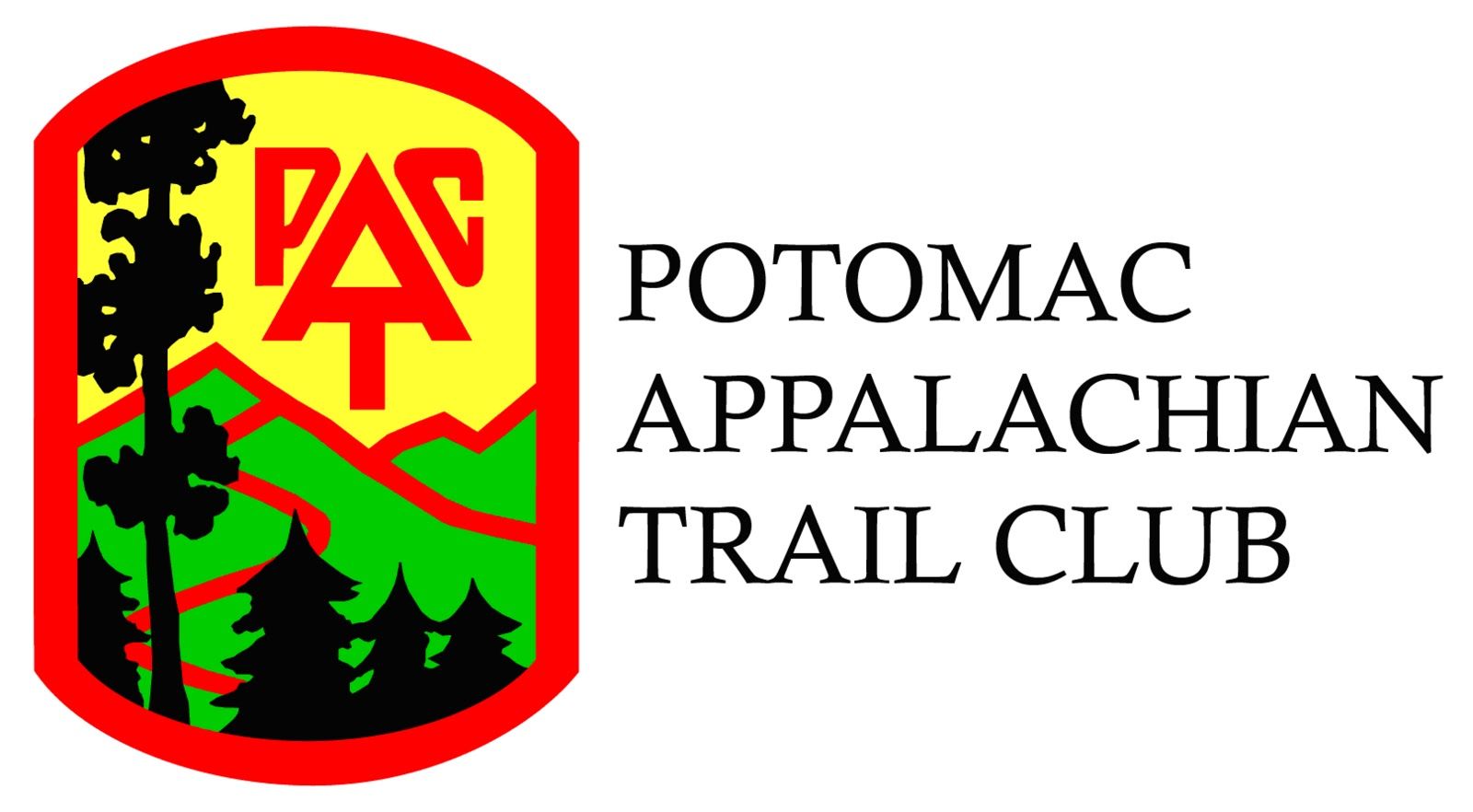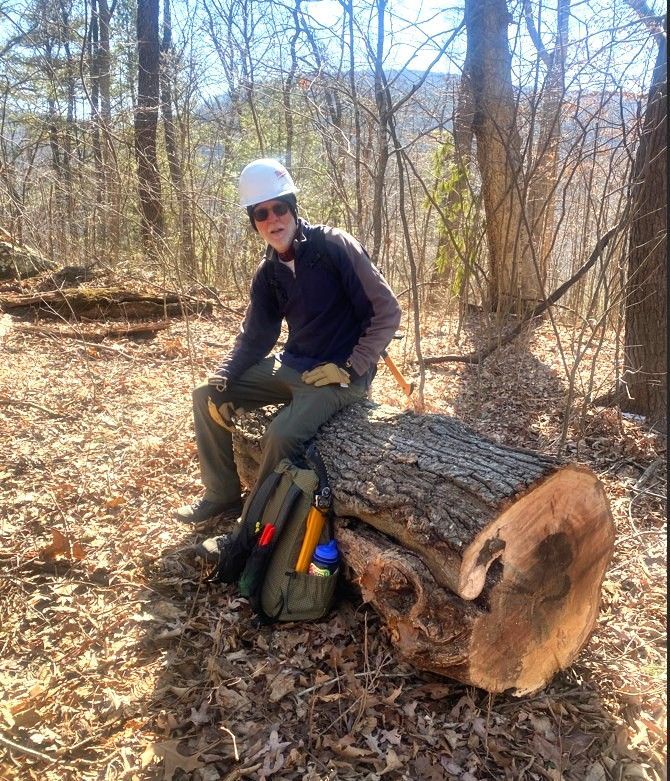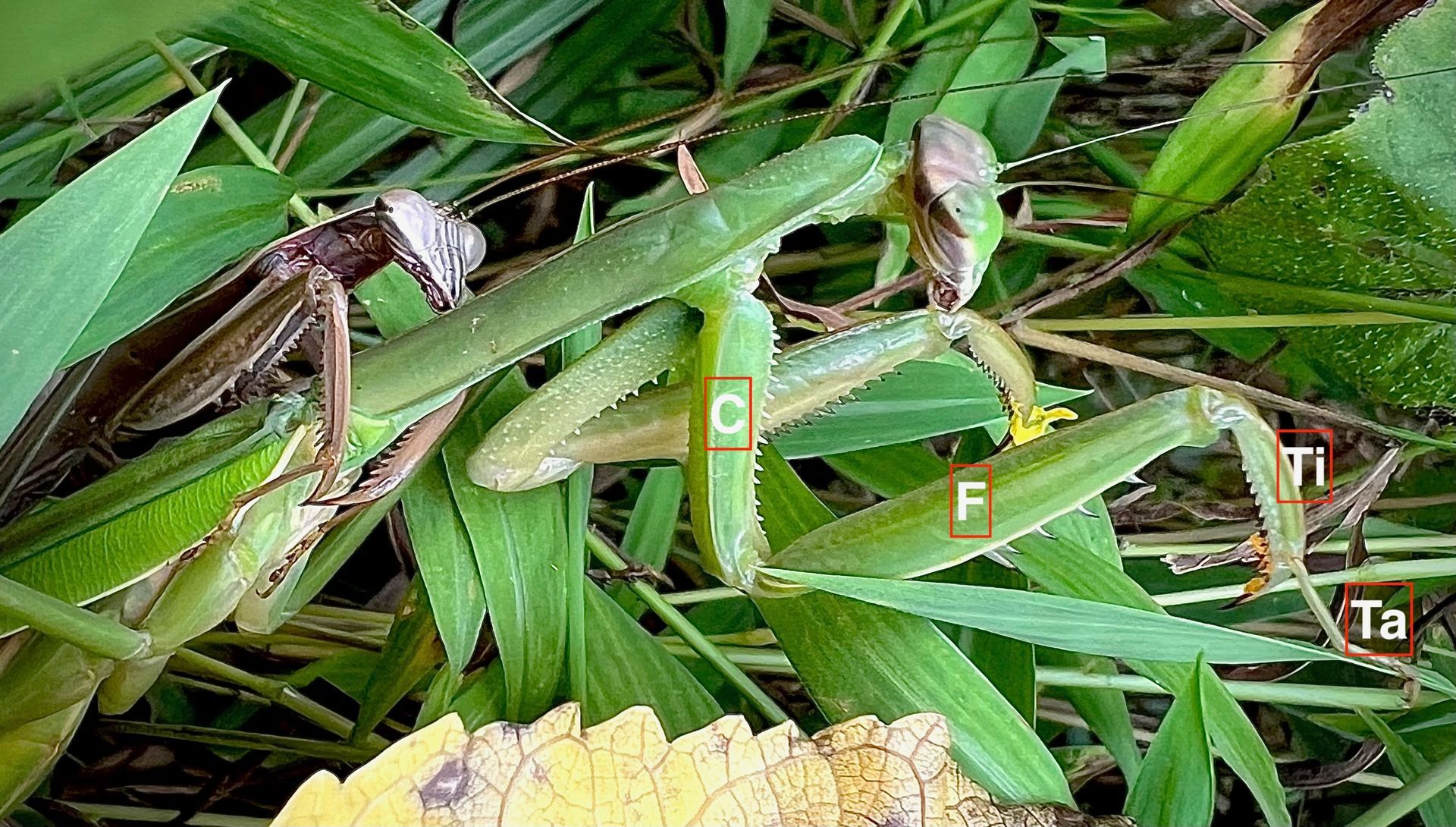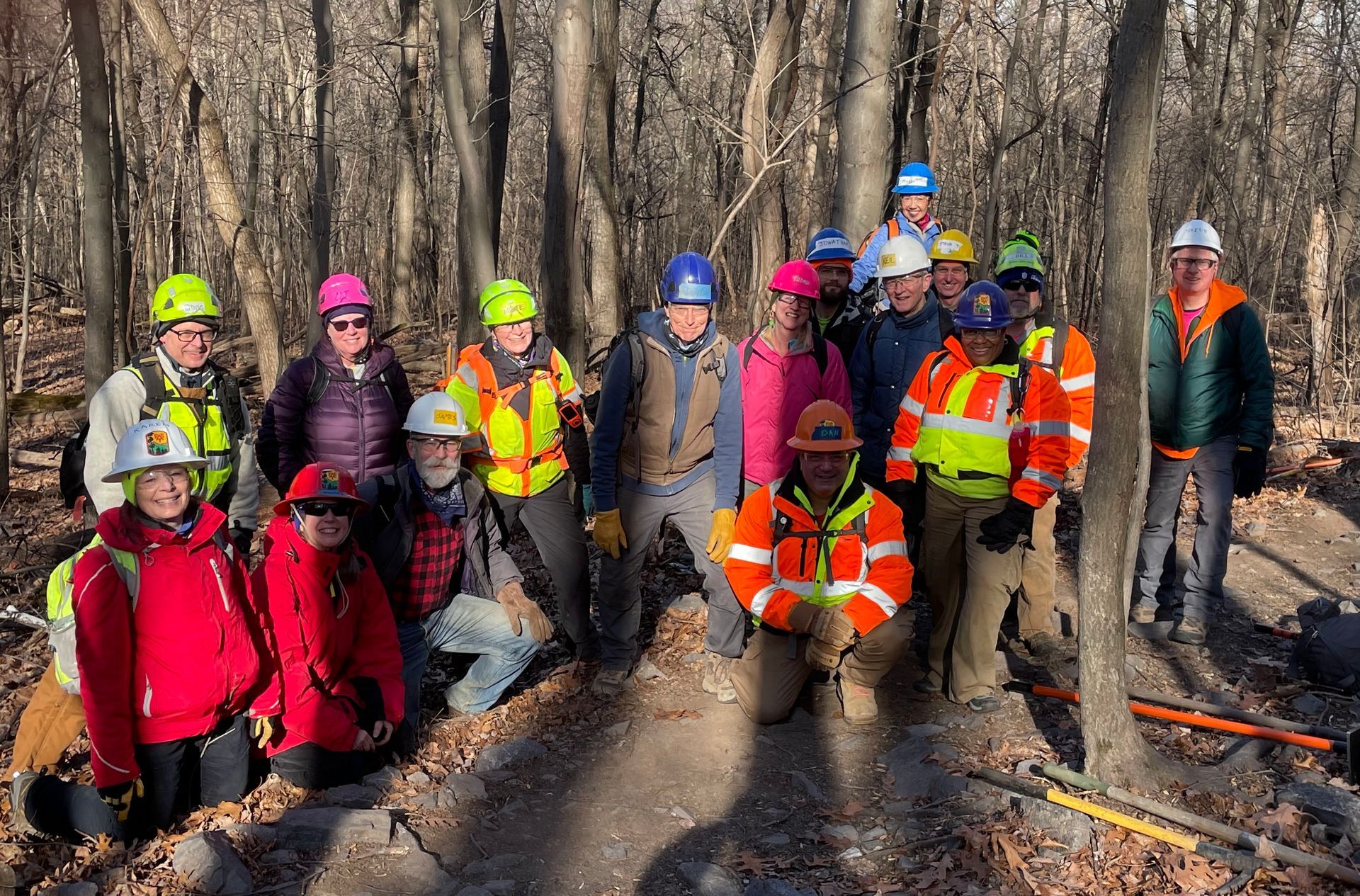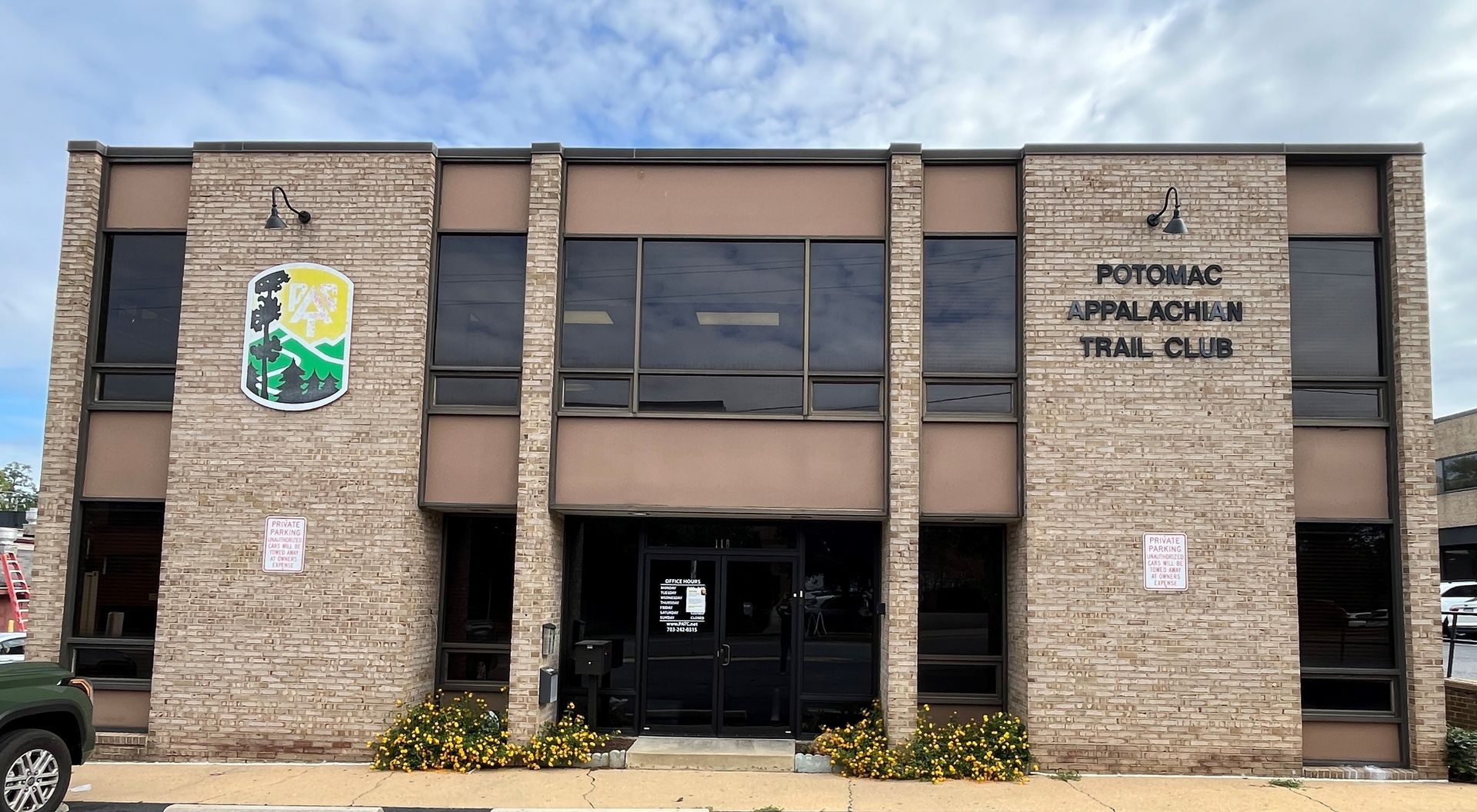Keep Calm and Read On: Deer in the Spotlight
By Wayne Limberg

America has long had its quirky corners, places where eccentricity is regarded as a virtue if not an art. New England and the Deep South come to mind. The author of "The Hidden Life of Deer: Lessons from the Natural World," Elizabeth Marshall Thomas, is a case in point.
In a career spanning eight decades, Thomas produced over a dozen books on anthropology and animal behavior, including her NYTimes bestsellers "The Hidden Life of Dogs" and never fails to bring a special contrarianism to bear. "The Hidden Life of Deer" is no exception. At the outset, Thomas confesses that while studying the deer on her New Hampshire farm, she broke one of the state's fish and game department's cardinal rules: Don't feed wild animals. The winter of 2007 saw a scarcity of acorns, an important source of food for whitetail deer. Thomas decided to put out corn, arguing that by deer rules, she did the right thing. In her defense she notes that langur monkeys in India drop leaves for the chital deer below them.
New Hampshire fish and game is not Thomas’ only target. She also takes aim at editors whose misplaced political correctness leads them to replace "his" and "her" with "its" when talking of animals. Nor does she spare her colleagues in the scientific community, arguing that much of the conventional wisdom on deer is the result of academics reading each other's works rather than conducting their own research.
When it comes to other naturalists, Thomas credits Olaus Murie, a founder and director of the Wilderness Society, as a fundamental influence. Murie’s groundbreaking field work in Canada, Alaska and Wyoming lay the foundations of modern wildlife management. While with the U.S. Biological Survey, he was among the first to argue that a healthy predator presence was key to balancing predator and prey populations. Later, he successfully campaigned to enlarge Olympic National Park, and to create the Jackson Hole National Monument and the Arctic National Wildlife Refuge.
Murie, for Thomas, is the prime example of what a naturalist should be largely because of his belief in the value of observational-based science. He also respected what Thomas calls "the old way," an approach to the natural world that she first encountered in her early study of the Bushmen of the Kalahari and described in detail in her book, "The Old Way." Thomas argues that all creatures share the same evolutionary history and exist in a web of interdependence. The history of mankind that most of us know pales in comparison to the thousands of centuries human ancestors moved from the savannahs of Africa, adapting to changing environments and living much like their animal ancestors. The knowledge acquired and internalized--the Old Way--endures and continues to link humans to animals and the natural world.
Thomas decided to study deer because with over forty species, the deer family is one of the largest and most diverse on earth. Most humans live within a mile of two or deer, but most books on deer deal with them as hunting targets or nuisances. Thomas wanted to put aside any preconceived notions and watch and learn.
Her first challenge was identifying and keeping individual deer straight while not interfering with their routines. She found this was impossible and decided to track families of deer, not individuals. This led to some profound results, namely, whitetail deer are social animals and the doe-dominated family unit is key to their deer social structure and for that matter survival. Within these societies there are strict hierarchies and rules. In the case of the three deer families Thomas identified on her farm, one, the Deltas, were the clear aristocrats. They were physically better fit and dominated the other two families. They were the first to feed on Thomas' corn while the other families waited their turn. All looked to the ever-vigilant doe leading the Deltas for signs of danger and signals of when to seek cover, and she strictly enforced the social pecking order and rules, sometimes physically.
An older doe led each family supported by her daughters. Male offspring stayed with their mothers for about a year but were then banned to "bachelor" groups or, as they reached full maturity, lived alone. Their primary role was fathering fawns; they would compete for does during the rutting season in the fall and then depart. Parenting was left to the does who worked as a family unit to ensure the fawns' survival. Each family had a specific territory that it protected. Once again there was a clear hierarchy; the Deltas had the best spot.
While these rules and structures--the Old Way--are a result of evolution and adaption to changing environments, each generation had to learn them. Thomas notes, for example, that the deer on her farm were aware of hunters and thus wary of humans while the deer she encountered in the Blue Ridge, where hunting was not permitted, had no fear of humans. The deer on her farm also learned from other creatures, carefully watching the wild turkeys, who also fed on the corn, for signs of danger.
At the close of “The Hidden Life of Deer” in some of the book’s most elegant passages, Thomas is grateful for what the deer taught her. She also admits that the fish and game folks may have a point. Feeding deer may teach them the wrong lesson while simultaneously giving those who feed them a sense that they own these wild creatures. Human meddling has destroyed the “Old Way” and must make amends. She will continue to put out corn in the winter, not own but protect the deer and, like the langur monkeys, share the land.
Spring has arrived and the trails beckon. But there is still time for a good read. If you have one, send it along to wplimberg@aol.com.

